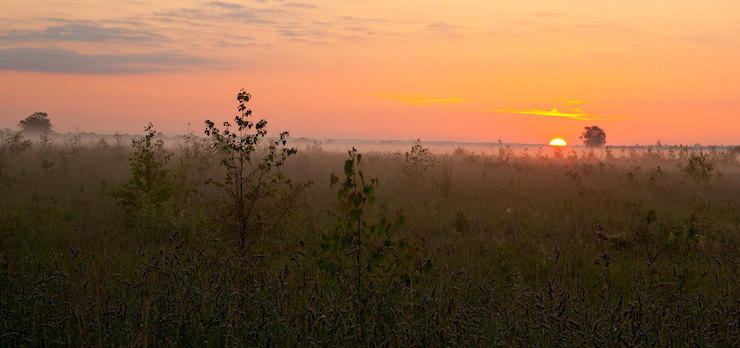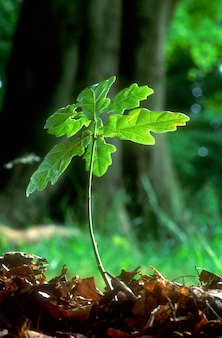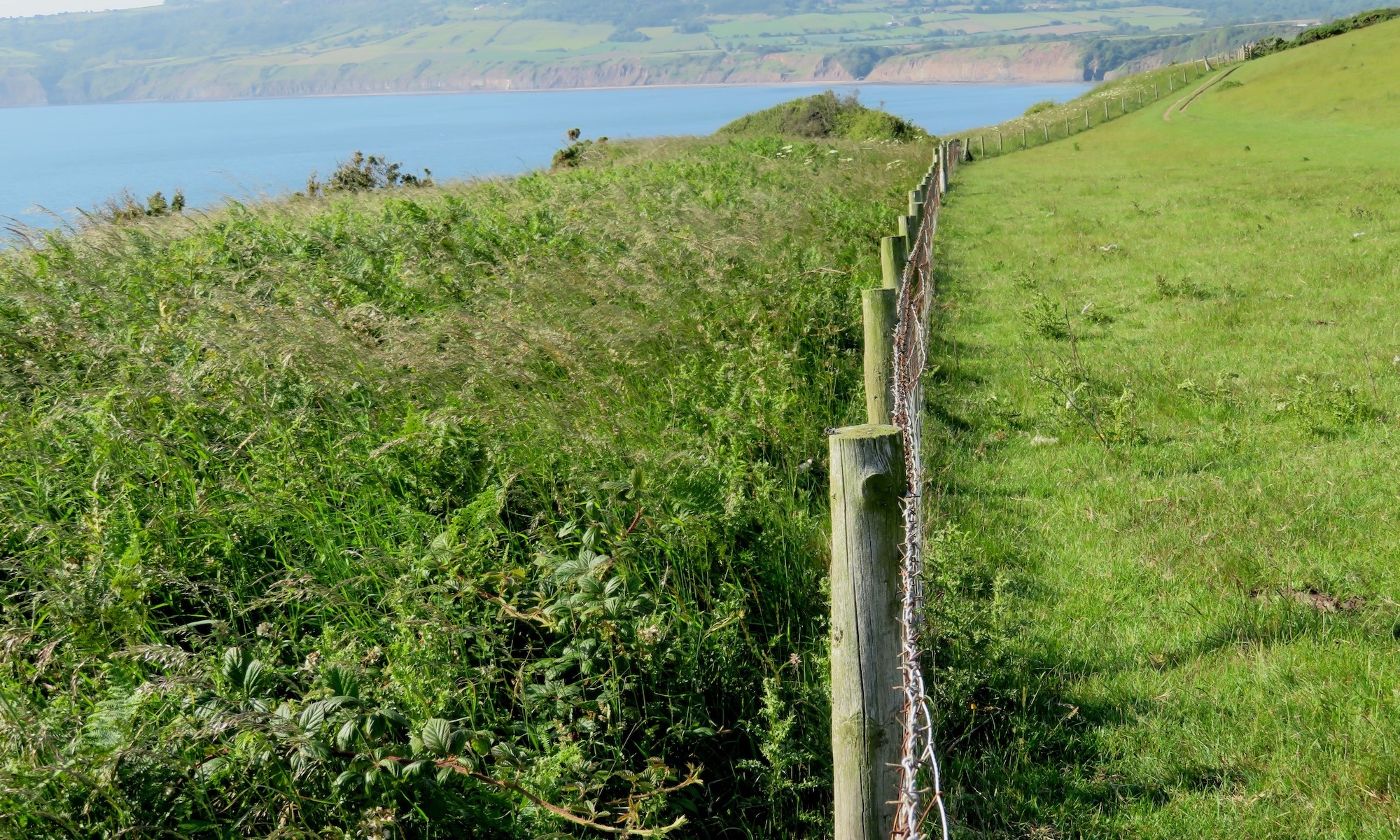Supporting projects with natural colonisation and regeneration in the Northern Forest.
by Sian Atkinson, Senior Outreach Manager, The Woodland Trust
20th November 2024

With only 13% woodland cover in the UK, there is room for more trees, woodland and scrub. There’s been a real drive for woodland creation over recent years, with the Government pushing to meet its climate change targets, and there has never been more funding or advice available.
There’s also a growing level of interest in creating woodland and tree cover through natural processes or natural colonisation, rather than through tree planting, an approach that fits squarely with rewilding. Despite this, the number of natural colonisation projects on the ground is still very small relative to the number of traditional planting projects.
As the UK’s largest woodland conservation charity, the Woodland Trust is keen both to promote the concept of natural colonisation, and to support landowners and land managers in trying and testing different approaches.
Through our Grow Back Greener grant programme in the Northern Forest (which includes all of Yorkshire) we can provide detailed advice and ongoing support for landowners and managers who wish to try creating woodland through natural processes. We’re particularly keen to do this where sites are adjacent to existing ancient woodland, and creating new woodland will tap into the genetic resource within those woods, and buffer these precious habitats against the impacts of wider land use.
We can fund up to 100% of the initial capital costs, and further cost of interventions in the first 5-10 years. We can also help with monitoring, and will give ongoing advice to ensure the best chance of success for these projects. There are still a lot of gaps in our understanding of what makes this approach successful in some cases, but more challenging in others, and we want to add to that body of knowledge, while also demonstrating that there are benefits to this alternative approach.
Where site conditions are suitable, natural colonisation of trees and shrubs can result in wooded habitats that are better adapted to the site, more resilient, and more structurally diverse. Natural succession with thorny shrub species colonising first can create protective conditions for other trees to follow, without the need for protection from grazing and browsing animals. Successional and transitional habitats provide conditions for a range of species as the site develops through to woodland.

In addition, natural colonisation can be cheaper, reduce the use of plastics, and reduce the risk of transmitting pests and diseases through movement of tree stock.
However, the process is likely to take longer than creating through planting, and is unpredictable with a risk of failure. It’s also less suitable for projects where there is a specified desired species mix. Any project needs to take into consideration the availability of suitable seed source and vectors for seeds – wind directions and speeds, passage of animals and birds across the site – as well as the ground conditions and their suitability for seed germination. In most cases, some intervention will be needed, such as scarification or other ground preparation, or fencing to exclude stock and deer.
In some cases a hybrid approach may be more appropriate – perhaps some initial planting to create a longer term seed source, or supplementary planting if natural colonisation is only partially successful. Direct seeding of trees may also be an option, on its own, or as part of a mixed approach.
Over the last few years we have been working with landowners and managers in the Northern Forest to put in place natural colonisation projects, but we have room for plenty more, and would like to invite you to be part of this movement. If you are interested in finding out more, please contact WoodlandOutreachEnglandNorth@woodlandtrust.org.uk
Launched in 2018, the Northern Forest is an ambitious programme of transformational change. The aim is to establish at least 50 million new trees over 25 years, bringing existing woodlands into better management across 10,000 square miles of land stretching from Liverpool to Hull. Since the programme started, almost eight million new trees have been established
Working together, the Woodland Trust, the Community Forest Trust and four of the Community Forests in the north of England – The Mersey Forest, City of Trees (Greater Manchester), the White Rose Forest and Humber Forest – are bringing the Northern Forest to life. Find out more at www.thenorthernforest.org.uk

